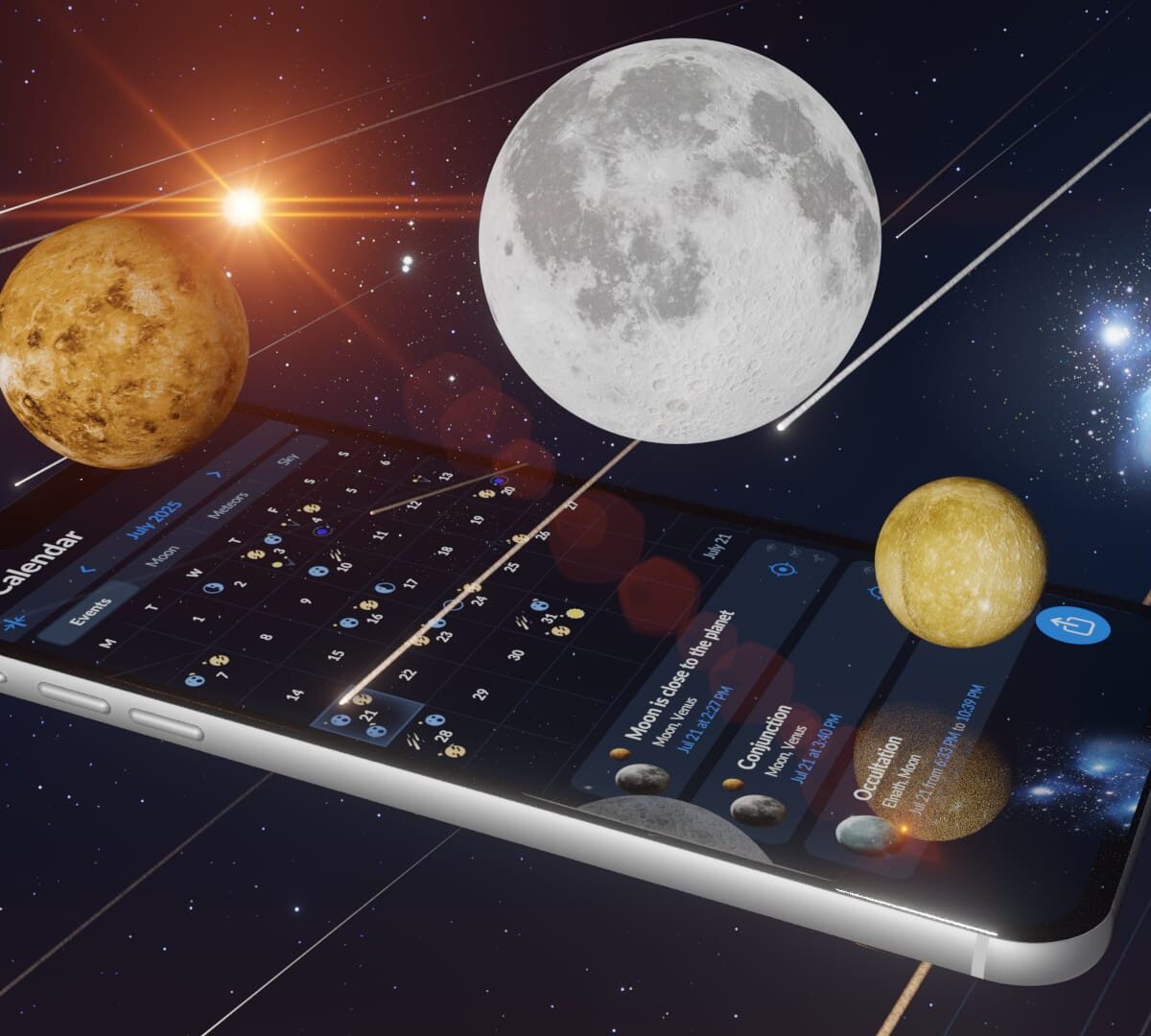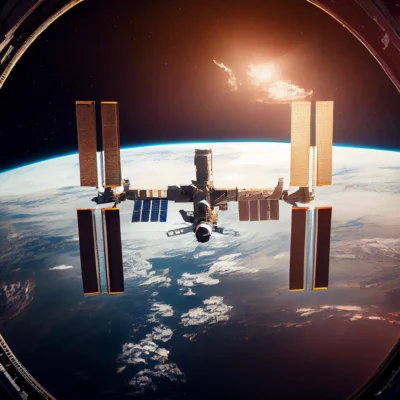July 2025 offers a celestial spectacle for skywatchers, featuring the luminous Buck Moon and captivating planetary alignments. Here’s your guide to the month’s astronomical events.
The Buck Moon: July’s Full Moon
The Buck Moon, named for the period when male deer grow new antlers, reached its peak illumination on Thursday, July 10, 2025, at 4:38 PM EDT (2:08 AM IST on July 11).
While peak brightness occurred during daylight in the U.S., the moon appeared full throughout the night, offering a golden or reddish hue due to its low position in the sky.
Planetary Alignments and Conjunctions
Venus and the “Golden Gate” of the Ecliptic
On July 8, Venus passed through the “Golden Gate” of the Ecliptic, situated between the Hyades and Pleiades star clusters in the constellation Taurus. This rare event drew the attention of both amateur and professional astronomers.
Saturn, Neptune, and the Moon: A Rare Trio
On July 16, a rare alignment occurs as the Moon, Saturn, and Neptune form a close grouping in the night sky. Saturn is visible to the naked eye, while Neptune requires binoculars or a telescope for observation.
Meteor Showers: Southern Delta Aquariids
The Southern Delta Aquariids meteor shower will peak on July 29–30, offering up to 25 meteors per hour under ideal conditions. The waning crescent moon will set early, providing dark skies optimal for meteor watching.
Constellations and Deep Sky Objects
July is an excellent time to observe prominent constellations such as Scorpius, featuring the bright star Antares, and Sagittarius, home to the Messier 22 globular cluster. These constellations are best viewed from the Northern Hemisphere during the evening hours.
Skywatching Tips
- Timing: For the Buck Moon, the best viewing was shortly after moonrise on July 10.
- Location: Choose a spot with a clear view of the eastern horizon and minimal light pollution.
- Equipment: While the moon and Saturn are visible to the naked eye, binoculars or a telescope will enhance views of Neptune and meteor showers.
- Photography: Use a tripod and a camera with manual settings to capture the moon’s details and meteor trails.
Embrace the wonders of the July night sky, from the radiant Buck Moon to the mesmerizing planetary alignments. Happy stargazing!





